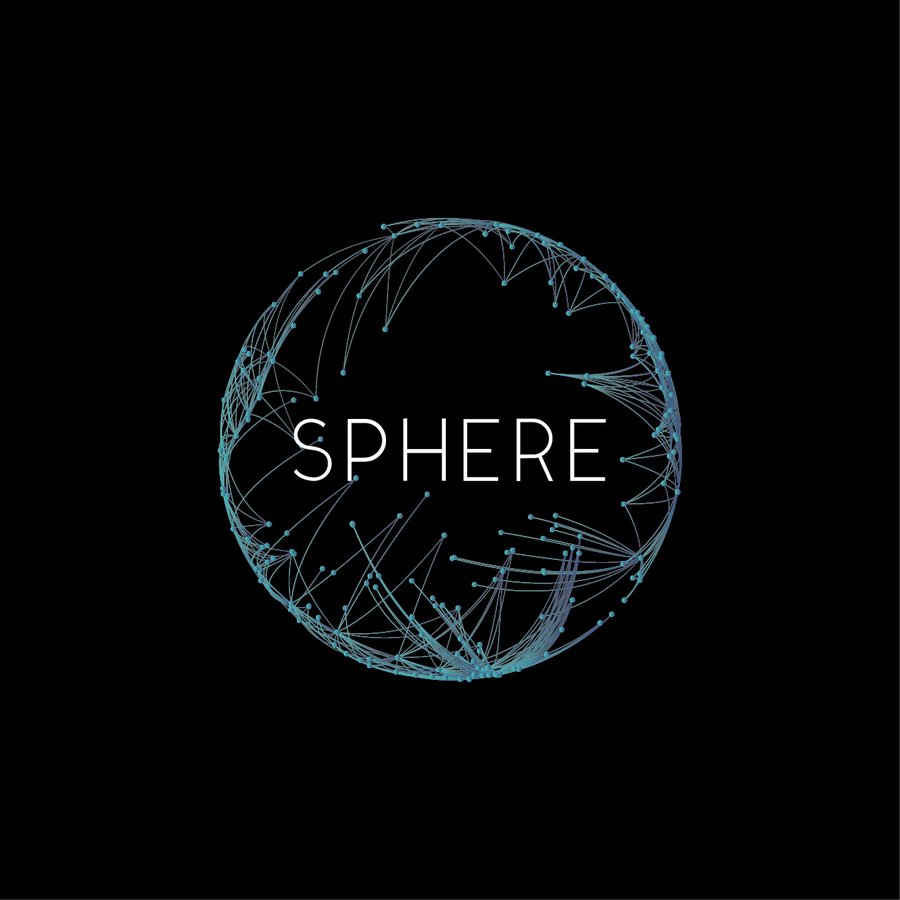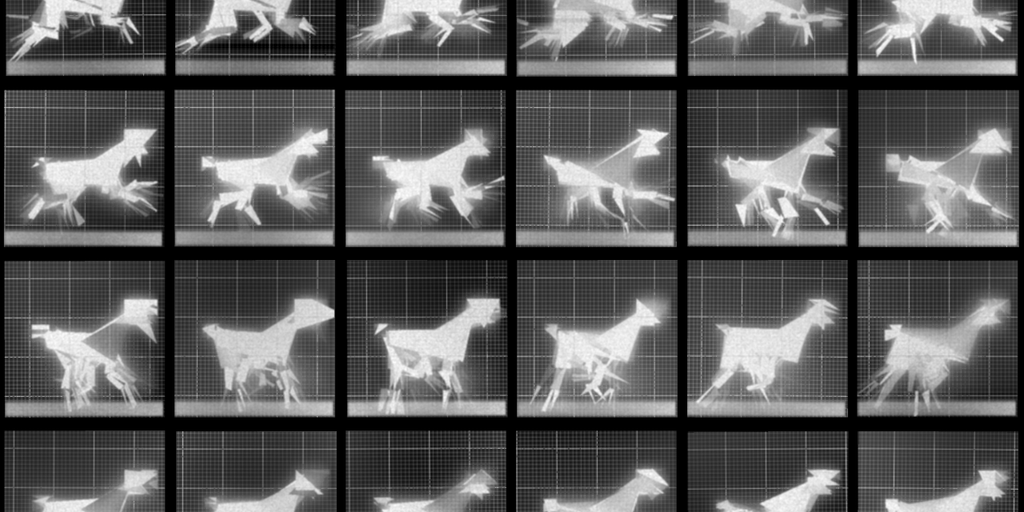NFT holders may become the new membership model, but may threaten other revenue streams
This article is part of a 10-part Digiday series exploring the value of NFTs and blockchain technology. Explore the entire series here.
Memberships have been used by publishers for decades to identify the most passionate subset of readers – those willing to spend their own money to access exclusive content and connect with other fans of the brand. But as some publishers experiment with the Web3 world, NFT holders are starting to be seen as the new brand evangelists.
Keeping them happy means adding value to their NFT purchases of hundreds or thousands of dollars, such as access to exclusive events, premium content subscriptions and message boards. But retaining the content of these superfans can come at a cost to companies’ bottom lines.
Blockworks, Playboy, and Time are a few media companies that have started forming “communities” of people who have bought their NFTs, while crypto publisher CoinDesk uses participation tokens to reward its most active readers for forming a pseudo-membership from it. cohort.
Having a group of regularly engaged and active blockchain fans automatically fills the funnel with potential NFT buyers for future drops. But rewarding NFT holders for their one-time purchases can have unintended effects on other revenue streams, including ticket sales, subscriptions and product licensing.
Communities form themselves
Blockworks — an online crypto news publication — created a core group of superfans during its Permissionless conference last May, where 555 VIP ticket holders stayed in touch after the event ended, co-founder Jason Yanowitz said.
Yanowitz’s team turned these VIP tickets into a limited collection of 555 NFT avatars called Permies, priced at a starting point of 1.1 ETH (or $3,300 at the time), to add value to ticket revenue through ticket resale royalties.
What it ended up helping was identify the fans of the brand who were willing to pay over $1,000 more than the price of a general admission ticket to get access to more parties and exclusive events at the convention as well as a lifetime pass to Permissionless for as long as they own NFT.
“A very strong community has formed around the Permians, and they basically became our earliest product testers,” Yanowitz said.
The NFT holders, affectionately known as Permies themselves, also gained access to a private Discord channel, where many crypto leaders and significant investors tend to workshop ideas before making them public. Beyond that, Permies got access to Blockworks Research, which typically costs users $2,500 per year and filters various statistics and information about cryptocurrencies in the market into one platform.
“Perms are the most aggressive users of the research product, and they give us a lot of feedback. It’s honestly just like having a very core user group, which is nice,” Yanowitz said.
Whether this feedback is worth the nearly $1.4 million left on the table each year from what the 555 NFT holders would have otherwise paid for access to Blockworks Research is up in the air. Blockworks earned $1.8 million from the first sale of Permies and 7.5% in royalties from each subsequent sale in the secondary market. But the resale of Permier that took place in the last week (four sales, according to OpenSea) ranges in sale price from 0.6 ETH to 1.59 ETH.
Blockworks has no plans to release any additional NFTs in the Permies collection going forward, according to Yanowitz, which will keep this membership exclusive and likely keep the price point of Permies on the higher side.
Connect the virtual to the physical
Playboy has always championed exclusivity and VIP culture with its infamous Playboy Mansion, it opens those doors with Web3 by giving fans the opportunity to purchase access in the form of “Rabbitar” NFTs.
The company launched nearly 12,000 animated rabbit NFTs into the collection last October, the most expensive of which sold for 10 ETH (about $42,000 at the time), according to OpenSea records. A total of 2,600 ETH worth of transactions have taken place in the initial and secondary sale of Rabbitar NFTs per OpenSea, equivalent to $4 million today, and there are currently 5,200 owners of Rabbitars. In 2021, Playboy earned a total of $12 million in NFT revenue, about $10.7 million of which came from the Rabbitars collection, according to the company.
With the purchase of a Rabbitar, holders can attend free, exclusive events both in person and in the metaverse, such as those that took place alongside Art Basel in Miami Beach, Florida last December. As a result, it negated the potential ticket revenue that can normally be earned from these events.
While Playboy wants to get its audience to collect NFTs the same way fans collect bunny merchandise and magazines, Ben Kohn, CEO of Playboy Enterprises, said creating a community from these collectors is also a core part of the company’s Web3 strategy . It’s not just about collecting the digital asset, but also about “what else do you get?”
This month, Playboy also announced its partnership with The Sandbox, a metaverse platform that sells virtual real estate, to build a “MetaMansion.” Rabbit owners will be able to visit the virtual mansion (which features pixelated women in the iconic rabbit costumes) and play games, interact with other NFT holders and attend events.
Time has similarly entered The Sandbox metaverse with its virtual TIME Square, which gives NFT holders access to discussions, events and screenings in the metaverse space. NFT holders also benefit from a free subscription to Time, which costs $4 per month or $39 per year.
The publisher has been one of the more bullish media companies in the NFT space, earning $10 million in profit alone from the sale of NFTs in its TIMEPieces collections.
The approximately 4,000 NFT holders it has are not the only members of the community it has built around TIMEPieces. Overall, TIMEPieces has more than 50,000 members on Twitter and in its Discord channel, the latter of which serves as a platform for virtual events and allows members to engage with Time’s reporters and editors as a perk of being part of the group .
Use of tokens as incentives for membership
CoinDesk is still working to create a community of its most engaged audiences, but plans to do so by taking the participation rewards system it built for its events businesses and applying it to the rest of its editorial portfolio.
In June, CoinDesk tested DESK at its marquee conference Consensus, which took place over four days in Austin, Texas. The token was built to reward the 20,000 in-person attendees for sitting on panels, speaking with sponsors, and interacting with other various activities. After completing one of the 500+ activities, attendees could scan a QR code and have DESK tokens deposited into their crypto wallets, which they could then spend within the framework of the event on food, drinks, merchandise and other activities.
Now the team that built the token economy in-house – the CoinDesk Studios team, led by svp Sam Ewen – wants to replicate this model across the publication’s product portfolio to gain readership of 1.5 million monthly unique visitors (on average from May 2021 to May 2022 per Comscore) collects and uses DESK as well.
Readers will be rewarded with DESK after reading articles, listening to podcasts, watching videos and more, according to Ewen, who is still working on the ultimate model expected to go live later this year. DESK holders will get access to exclusive events, get a discount or a free ticket to Consensus in 2023 and also be able to buy NFTs on CoinDesk’s marketplace with the token, among other things.
“It’s not cheap to build these things, and frankly you learn a tremendous amount about the complexity of building the tokenomics itself. But we’re trying to build a reward-based ecosystem that we can actually run across all of CoinDesk,” Ewen said, making the investment to build the technology hopefully worth it in the long run. He declined to disclose how much has been spent building the project to date, but said it took about eight months to build.
At Consensus, 20% of participants, around 4,000 people, participated in collecting and using DESK. If this rate of adoption translated to CoinDesk’s browsing crowd, around 300,000 people would be expected to participate in using the token across the publisher’s online presence as well.
“We look less at whether we are income-positive [or] break-even on DESK alone, and more on, we create more benefit, more value [and] more connecting with our readers in ways where they feel like they’re actually part of the CoinDesk family,” Ewen said.


